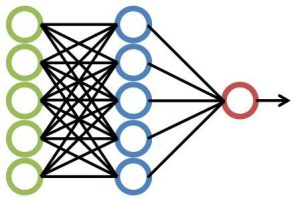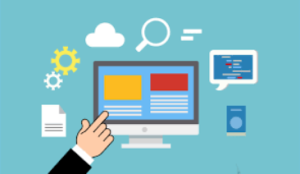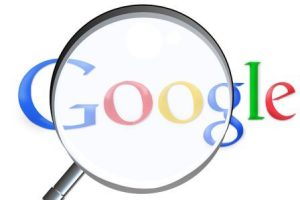
What is Deep Learning,Key Concepts & Important 5 Applications of Deep Learning
What is Deep Learning,Key Concepts & Important 5 Applications of Deep Learning friends in this post we are going to explore that What is Deep Learning, it’s Key Concepts & Applications of Deep Learning in detail so keep reading until finished Deep learning is an exciting and rapidly evolving field of artificial intelligence (AI). It has gained immense popularity in recent years due to its ability to solve complex problems and provide remarkable insights. In this article, we will explore the basics of deep learning, its applications, and its impact on various industries. image source : wikimedia What is Deep Learning? Deep learning is a subset of machine learning that focuses on training artificial neural networks to learn and make predictions from vast amounts of data. Inspired by the structure and functioning of the human brain, deep learning models consist of multiple layers of interconnected neurons called artificial neural networks. Key Concepts in Deep Learning Neural Networks: Neural networks are the fundamental building blocks of deep learning models. They consist of interconnected nodes or neurons organized in layers. Each neuron receives inputs, performs computations, and generates outputs that are passed on to the next layer. Deep Neural Networks: Deep neural networks are neural networks with multiple hidden layers. These deep architectures enable the model to learn complex representations and extract intricate patterns from the data. Training and Backpropagation: Training a deep learning model involves presenting it with labeled data and adjusting its parameters iteratively to minimize the difference between predicted outputs and actual outputs. Backpropagation is a crucial algorithm used to update the weights and biases of the neurons in the network. friends we have learnt What is Deep Learning till now & now we should go for knowing Applications of Deep Learning in detail so keep reading until finished Applications of Deep Learning friends we have learnt Deep learning has found numerous applications across various industries. Let’s explore a few notable ones: 1. Image and Object Recognition: Deep learning has revolutionized image recognition tasks, enabling computers to accurately identify objects, faces, and even complex scenes. Applications range from autonomous vehicles to medical imaging. 2. Natural Language Processing (NLP): Deep learning has greatly advanced the field of NLP. It powers language translation, sentiment analysis, speech recognition, chatbots, and more. Virtual assistants like Siri and Alexa rely on deep learning algorithms to understand and respond to human speech. 3. Healthcare: Deep learning has immense potential in healthcare. It can aid in diagnosing diseases from medical images, predicting patient outcomes, and analyzing medical records for personalized treatment plans. 4. Finance: Deep learning models have proven beneficial in financial industries for fraud detection, stock market prediction, algorithmic trading, and risk assessment. 5. Autonomous Systems: Deep learning plays a critical role in enabling autonomous systems such as self-driving cars, drones, and robots to perceive and interact with their environment. The Future of Deep Learning As technology advances and more data becomes available, deep learning is expected to continue its rapid progress. The future holds exciting possibilities, including enhanced automation, improved healthcare diagnostics, smarter personal assistants, and breakthroughs in scientific research. Conclusion Deep learning is a powerful tool in the field of artificial intelligence. Its ability to process complex data and extract meaningful patterns has revolutionized various industries. As a 10th standard student, you now have a basic understanding of deep learning and its applications. Explore further and continue learning about this fascinating field, as it holds tremendous potential for shaping the future. Friends, you have just read the post “What is Deep Learning,Key Concepts & Applications of Deep Learning ? ” we hope you will like this post. If yes then share it with your friends and keep visiting our website for more such posts. If you interested to read about Astrology & Hindu Religion : Click here …………………………… Also : Best SEO Practices to Skyrocket Your Website’s Performance in 2023 Also read : Find Your Google Account: A Simple Guide to Accessing Your Google Services Also Read : What is a Computer: How Computer Works- An Easy Explanation Also Read : What is Information Technology? Decoding the Digital Language of Innovation Also Read : What is the Internet? How internet works, A Beginner’s Guide to Understanding the World Wide Web, You May Interested in Also Read : Swaminarayan Akshardham Temple New Delhi- A Complete A to Z Tour Guide Also Read : Exploring the Golden Triangle in India: A Journey Through History and Culture Also Read : Best Travel Agencies in India: Exploring the Perfect Journeys : Top 5
What is Deep Learning,Key Concepts & Important 5 Applications of Deep Learning Read More »









